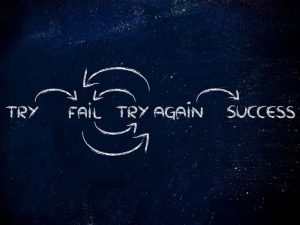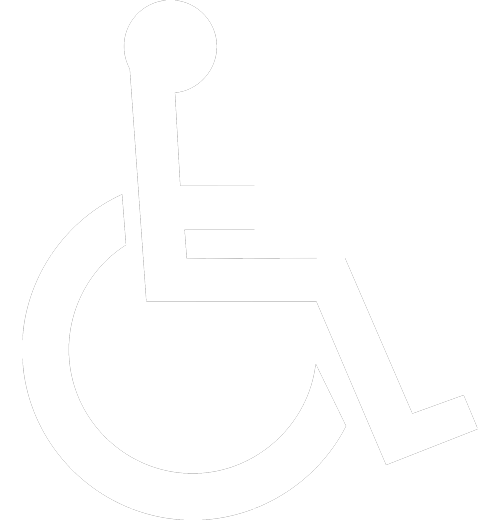How to Rebound After Failure
No one is immune to failure. Even the most successful people in the world have experienced setbacks and failures at some point in their lives. The key is not to let these failures define you but to learn from them and use that knowledge to propel yourself forward.
Of course, rebounding after failure is easier said than done, but if you’re ready to get back at it – then here are some tips to help you through it!

- Don’t Ignore Your Emotions: When you experience a failure, it’s natural to feel a range of emotions, including sadness, anger, frustration, and disappointment. It’s important to acknowledge these emotions and give yourself time to process them. Journaling can be a great way to do this. Writing down your thoughts and feelings can help you understand them better and may even lead to some self-discovery.
- Reflect on What You Can Learn From the Failure: After a setback, it’s also important to take some time to reflect on what you can learn from the experience. What went wrong? What could you have done differently? What are the lessons you can glean from this failure? By understanding what caused the failure, you can work to avoid making those same mistakes in the future.
- Talk To Someone You Trust: It can be helpful to talk to someone about your failed attempt. This person could be a friend, family member, therapist, or coach. Sharing your story with someone who understands and supports you can make you feel better and help you move on.
- Know That Even the Most Successful People Experience Failures: It’s important to remember that even the most successful people in the world have experienced failures. Beyonce was rejected by several record labels before being signed by Columbia. J.K. Rowling was turned down by 12 publishing houses before her book was accepted. Walt Disney was fired from his job at a newspaper because he “lacked imagination and had no good ideas.” So, don’t let your failure discourage you. Remember that everyone makes mistakes, and everyone experiences setbacks at some point in their lives.
- Take Some Time for Yourself: One of the best ways to rebound after a setback is to take some time for yourself. This may mean unplugging from work, social media, and other distractions and spending some time focusing on your own well-being. During this time, you can do things like meditate, read, or take walks in nature. Taking a break can help you clear your head and come up with a new game plan.
- Get Back In The Game: Once you’ve taken some time for self-reflection and have talked to someone you trust, it’s time to get back in the game. This doesn’t mean that you have to jump back into the same situation that caused your failure. It may be a good idea to try something new or take on a new challenge. Just make sure that you’re taking appropriate steps to increase your chances of success.
- Set New Realistic Goals: One of the ways to increase your chances for success is to set new realistic goals. These goals should be based on your current abilities and what you’ve learned from the experience. They should also be achievable within a reasonable time frame. By setting these types of goals, you’ll be more likely to achieve them and feel good about yourself in the process.
- Stay Motivated: It’s not always easy to stay motivated when you’ve experienced a setback. However, it’s important to remember why you started down this path in the first place. Visualize yourself achieving your goal and write out your reasons for wanting to achieve it. Keeping these things in mind can help you push through difficult times and continue working towards your goal.
Mindset is everything when it comes to rebounding after failure. And when you keep these tips in mind, you’ll be back at it and experiencing the success you desire sooner rather than later!
Recent Posts








